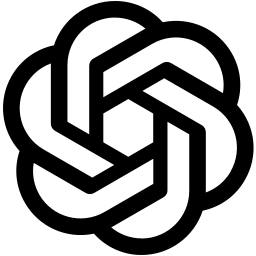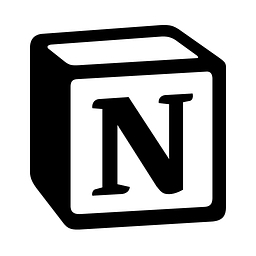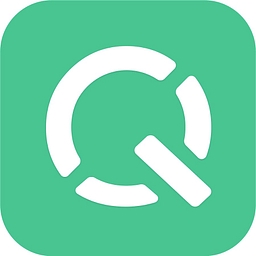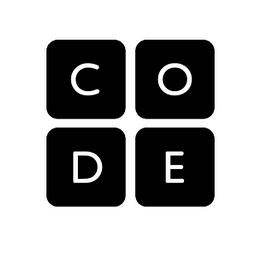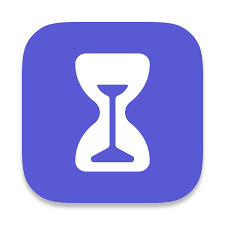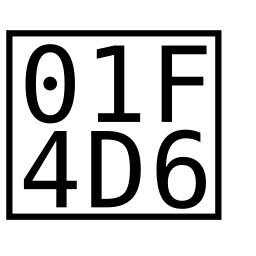Prompt Engineering Foundations
Lesson 7: Prompt Templates by Role
This lesson provides ready-to-use prompt templates tailored for different roles like marketers, sales reps, analysts, support agents, and leaders. Each template is structured for real-world tasks, with variables, tone guidance, and output instructions. Use them as-is or adapt for your own workflows.
Lesson 6: When to Use Tools, Code, or ReAct Agents
Not every task can be solved with text alone. This lesson teaches you when to escalate from plain prompting to tool use—like writing and executing code, searching for current data, or chaining actions using ReAct-style reasoning. You'll learn when it's necessary, how it works, and what it unlocks.
Lesson 5: Designing Reusable Prompt Templates
This lesson teaches you how to build reusable prompt templates for your team, product, or workflows. You’ll learn how to design modular prompts with variables, format rules, and built-in instructions that keep outputs consistent and scalable—without starting from scratch every time.
Lesson 4: Prompt Debugging – What to Do When Your Output Is Wrong
This lesson walks you through the process of identifying and fixing broken prompts. You’ll learn how to spot the most common prompt design mistakes, isolate what’s going wrong, and revise your inputs using a simple framework. Whether you're getting vague answers, hallucinations, or inconsistent formatting, you’ll have the tools to fix it without starting from scratch.
Lesson 3: How to Tune Model Settings for Better Output
This lesson teaches you how to control the behavior of large language models by adjusting four key settings: temperature, top-k, top-p, and max tokens. You’ll learn what each setting does, when to tweak it, and how small changes can dramatically impact the creativity, consistency, and length of your AI outputs. With real examples and hands-on challenges, you’ll walk away with the confidence to fine-tune any model for your specific task—whether you're writing, analyzing, or building.
Lesson 2: Prompting Techniques That Actually Work
Not all prompts are created equal. How you structure your request — and whether you include examples, roles, context, or reasoning instructions — can completely change the quality of the output.
This lesson gives you a practical toolkit of proven prompting techniques used by OpenAI, Anthropic, and top AI practitioners. You’ll learn what each technique is, when to use it, and how to apply it effectively across different tasks.
Lesson 1: Mastering Prompt Engineering: From Basics to Breakthrough Techniques
This video covers everything you need to become a better prompt engineer. Whether you're using ChatGPT, Claude, or Gemini, you’ll learn how to structure prompts that get better, faster, and more accurate results. We walk through all the core techniques—from output length and temperature settings to advanced methods like chain-of-thought, role prompting, ReAct, and more—using real examples and live demos.






